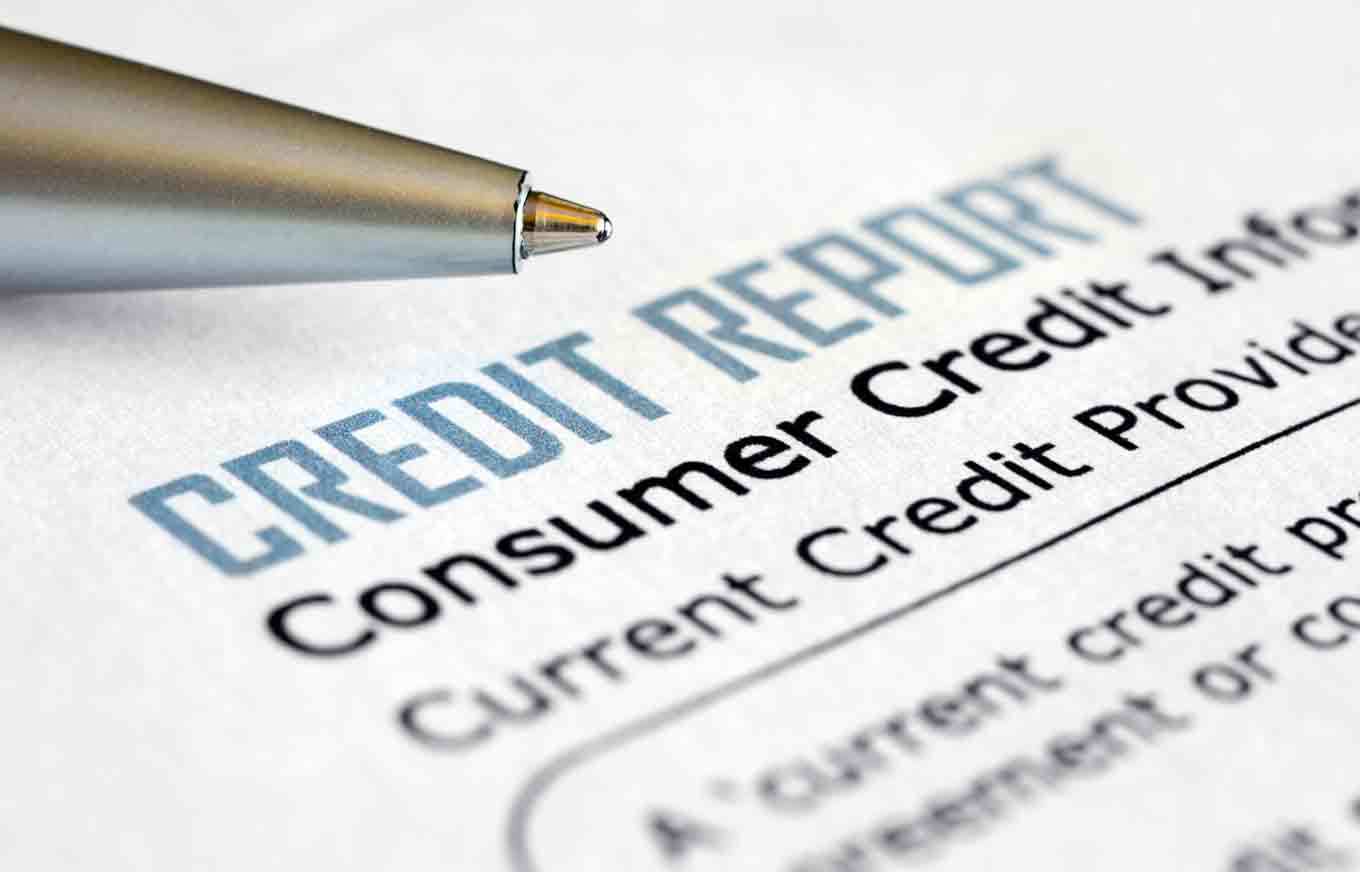While some of those TV commercials for free credit-score report companies are pretty funny, having errors on your credit report is no laughing matter. Indeed, your credit score is one of the main factors determining your access to loans, credit cards, housing, and sometimes even jobs.
From late payments that were actually made on time and paid debts that are still listed in collections to fake accounts opened in your name by identity thieves, there are all kinds of errors that can end up in your report. What’s more, even if the mistakes were made by the banks, lenders, and/or credit bureaus, they have no obligation to fix them—unless you report them.
Given this, it’s vital to monitor your credit score regularly and take immediate action to have any errors corrected. Here, we'll discuss a few of the most common mistakes found in credit reports and how to fix them.
Finding and fixing errors
If anything is inaccurate on your report, file a dispute with the credit bureaus as soon as possible. In fact, notifying these agencies is a prerequisite if you eventually decide to take legal action. Note that if a mistake appears on more than one report, you’ll need to file a dispute with each credit bureau involved.
To ensure your dispute has the best chances of success, follow these steps:
- Use the appropriate forms: Each credit bureau has different processes for filing a dispute—whether via regular mail or online—so check the particular bureau’s website for instructions and forms. You can find sample letters showing how to dispute credit reports on the FTC and Consumer Financial Protection Bureau (CFPB) websites.
- Be absolutely clear: Clearly identify each disputed item in your report, state the facts explaining why the information is incorrect, and request a deletion or correction. If you’ve found multiple errors, include an itemized list of each one.
- Provide evidence: It’s not enough to just say there’s a mistake; you should substantiate your claim with proof. Collect all documents related to the account, including account statements, letters, emails, and legal correspondence. Include copies (never originals) of this paperwork, and highlight or circle the relevant information.
- Contact credit providers: In addition to the credit bureaus, the CFPB recommends you also contact the credit providers that supplied the incorrect information to the bureaus. Check with the particular company to learn how to file a dispute, and then send it the same documentation to them that you sent to the bureaus.
- Review the results of the investigation: Credit bureaus typically get back to you within a month, but their response can take up to 45 days. The response will tell you if the disputed item was deleted, fixed, or remains the same. Disputes basically boil down to whether or not the creditor agrees with your claim or not, and what they say typically goes.
Filing a dispute
If anything is inaccurate on your report, file a dispute with the credit bureaus as soon as possible. In fact, notifying these agencies is a prerequisite if you eventually decide to take legal action. Note that if a mistake appears on more than one report, you’ll need to file a dispute with each credit bureau involved.
To ensure your dispute has the best chances of success, follow these steps:
- Use the appropriate forms: Each credit bureau has different processes for filing a dispute—whether via regular mail or online—so check the particular bureau’s website for instructions and forms. You can find sample letters showing how to dispute credit reports on the FTC and Consumer Financial Protection Bureau (CFPB) websites.
- Be absolutely clear: Clearly identify each disputed item in your report, state the facts explaining why the information is incorrect, and request a deletion or correction. If you’ve found multiple errors, include an itemized list of each one.
- Provide evidence: It’s not enough to just say there’s a mistake; you should substantiate your claim with proof. Collect all documents related to the account, including account statements, letters, emails, and legal correspondence. Include copies (never originals) of this paperwork, and highlight or circle the relevant information.
- Contact credit providers: In addition to the credit bureaus, the CFPB recommends you also contact the credit providers that supplied the incorrect information to the bureaus. Check with the particular company to learn how to file a dispute, and then send it the same documentation to them that you sent to the bureaus.
- Review the results of the investigation: Credit bureaus typically get back to you within a month, but their response can take up to 45 days. The response will tell you if the disputed item was deleted, fixed, or remains the same. Disputes basically boil down to whether or not the creditor agrees with your claim or not, and what they say typically goes.
If you’re not happy with the result of the dispute or how the dispute was handled, you can file a complaint with the CFPB, which regulates the credit bureaus. They’ll forward your complaint to the credit provider and update you on the response they receive.
If the credit provider insists the information is accurate, you can provide the bureaus with a statement summarizing your dispute and request they include it in your file, in future reports, and to anyone who received a copy of the old report in the recent past.
Legal action
Finally, if the investigation isn’t resolved to your satisfaction and the inaccurate information in your credit report is causing you harm, contact us to determine if taking legal action would be worthwhile. We can review the information, and if necessary, help you develop and litigate your case.
We can help get your credit in top shape by guiding you to put the proper legal, insurance, financial, and tax systems in place to secure your family’s financial future.
Proper estate planning can keep your family out of conflict, out of court, and out of the public eye. If you’re ready to create a comprehensive estate plan, contact us to schedule your Family Wealth Planning Session. Even if you already have a plan in place, we will review it and help you bring it up to date to avoid heartache for your family. Schedule online today.





